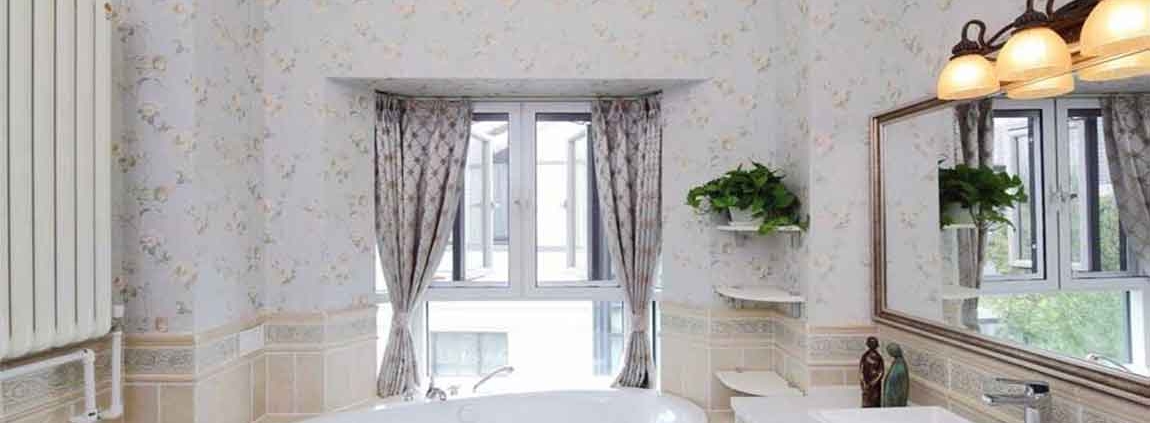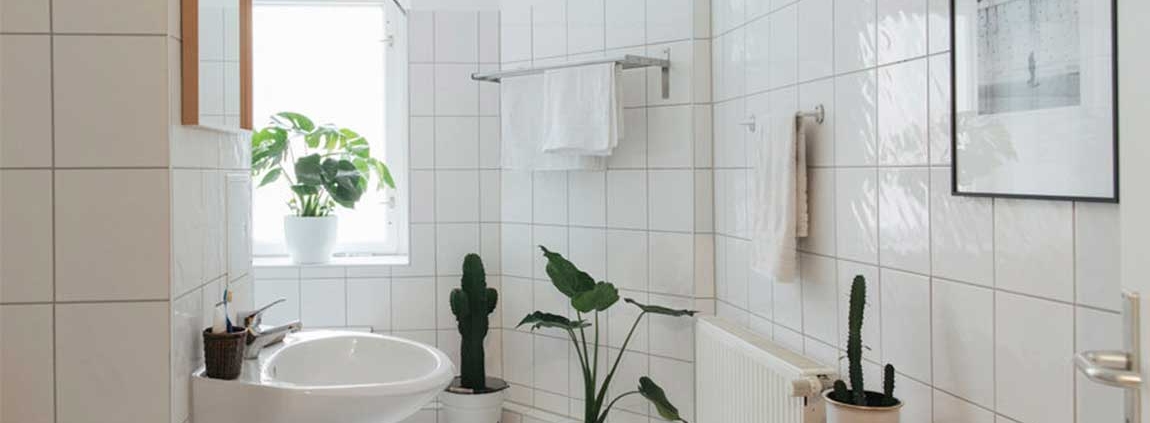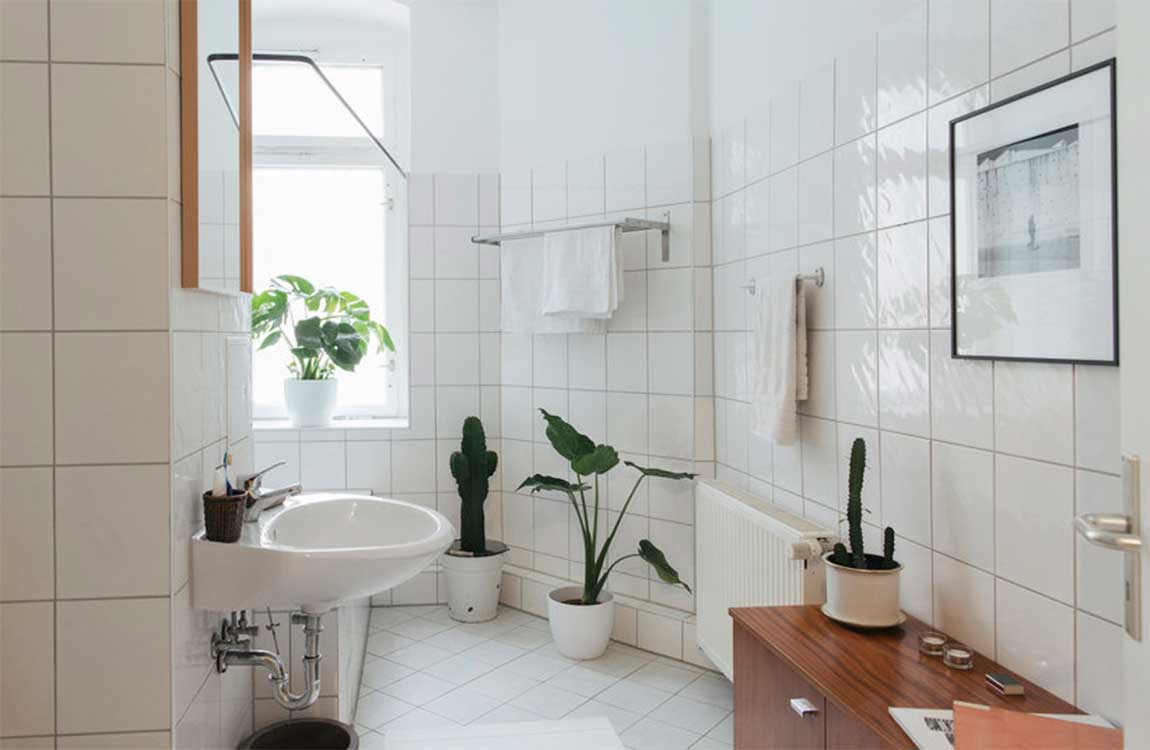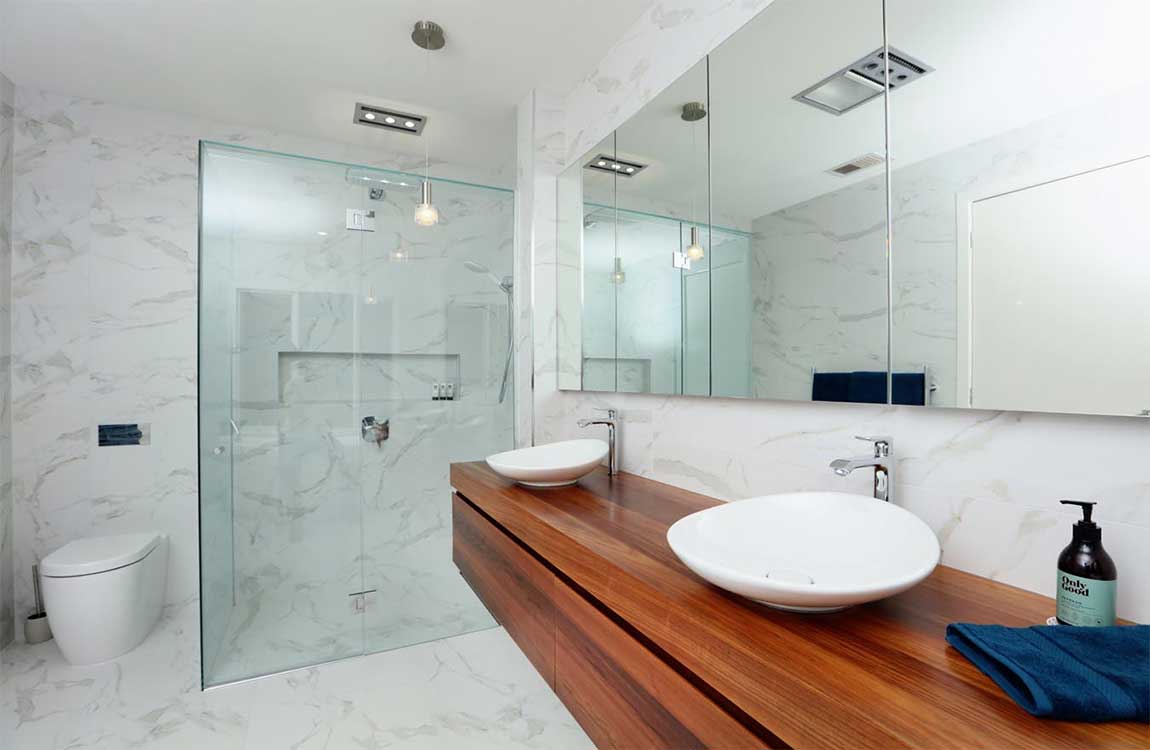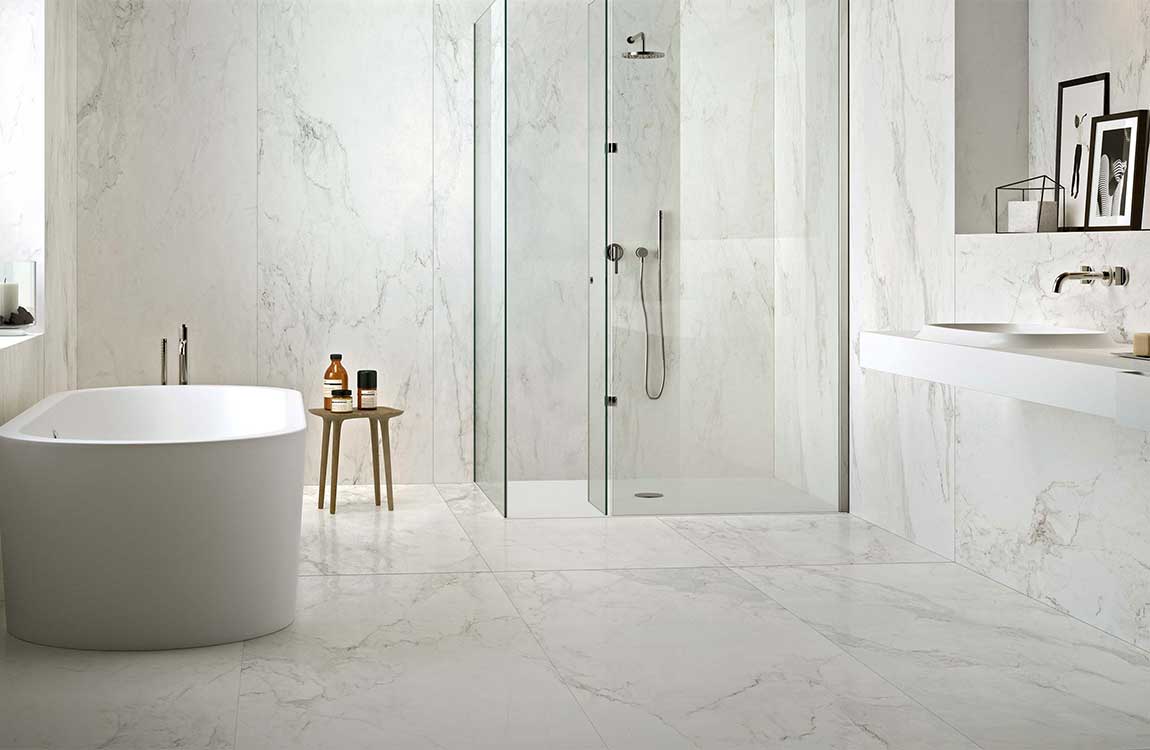How to Replace a Bathtub?
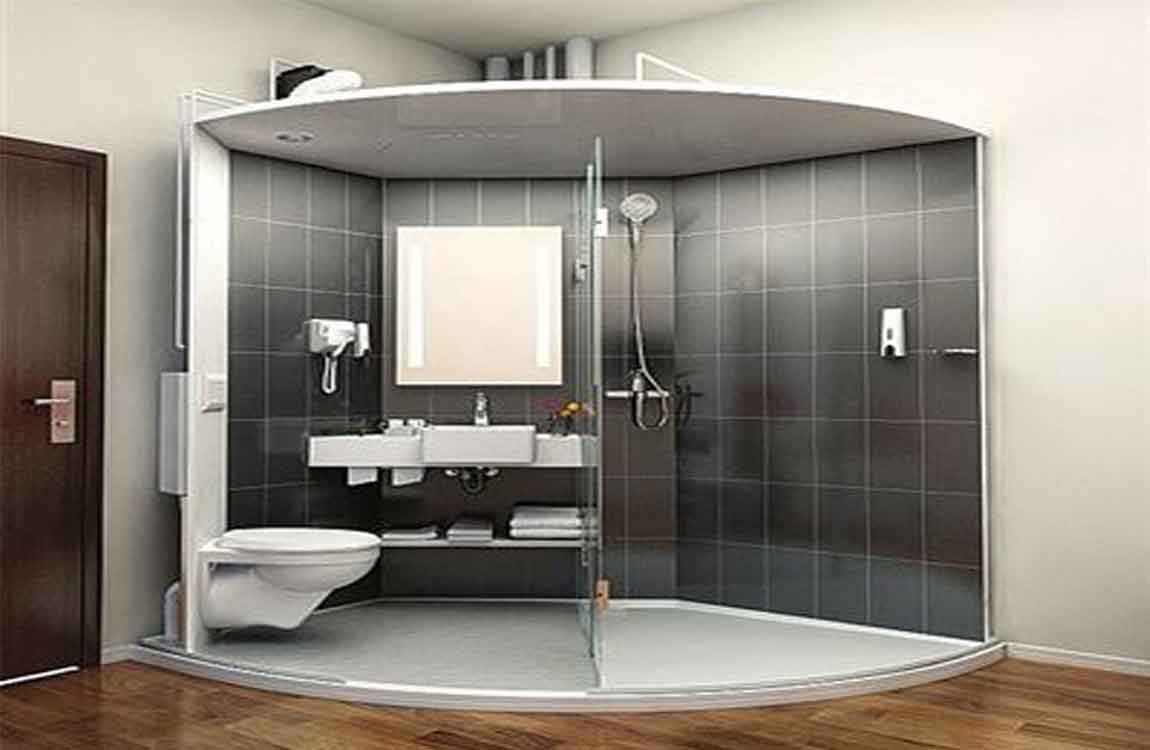
If you have a bathtub that’s cracked, worn out, or not your style, you can tear out the old tub and install a new one to update your bathroom. Replacing your tub involves plumbing and carpentry skills, but with the right tools you can do it on your own or with a partner. After disconnecting the drains and pulling out the tub, all you need to do is level the floor and slide the new tub into place. With a little work, you can install a new and updated bathtub in the span of a weekend!

Drain removers can be bought from your local hardware store. Some tub drains have screens that you need to remove with a screwdriver before you can use the remover tool. Take out the drain shoe from the access panel you cut. The drain shoe is made up of the pipes that connect the overflow and the main drain to your tub.
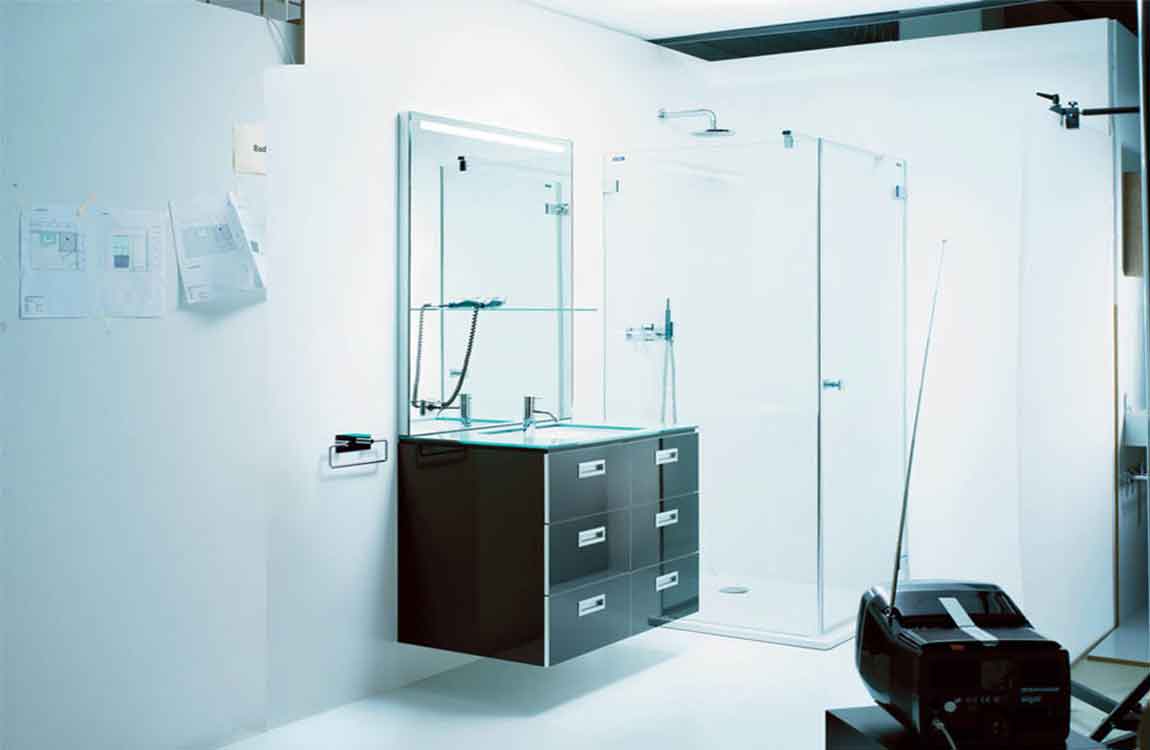
Look for the T-shaped connector holding the pipes together, and use a pipe wrench to twist the drain shoe off of the main pipes. If the joint is stuck or won’t come out with a pipe wrench, cut through the pipes with a reciprocating saw or hacksaw.

Remove the tub surround and drywall around your tub. The surround is the tile or fiberglass on the walls around your tub. Use a pry bar or the back of a claw hammer to rip the surround away from your tub. When you reach the drywall, use a razor knife to cut out the area around that extends 6 inches (15 cm) from the top of your tub until the studs are exposed.

Wear safety glasses, work gloves, and a respirator to keep yourself protected. If your tub has a surround panel made from fiberglass, you need to take out the entire piece in order to install a new bathtub. Pull out the nails or screws connecting the tub flange to the studs. The flange around your tub is the raised edge that keeps water from draining into your walls.

